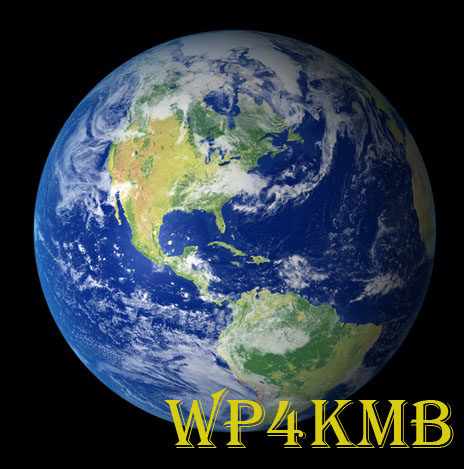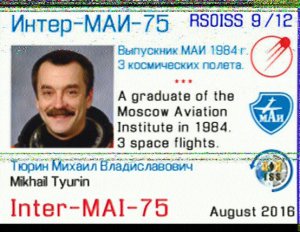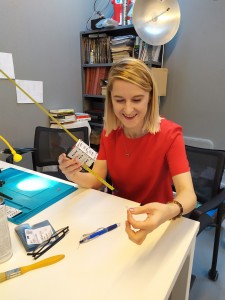CHESS will not have an amateur payload
CHESS will not have an amateur payload
Two CHESS CubeSats had been planned to carry amateur radio linear transponders, however, it was announced on June 10, 2021, there will not be any amateur payload on the satellites.
A translation of the press release reads:
The CHESS project management, due to funding constraints, had to move the project towards a commercial cubesat platform. Space is scarce on this new platform to accommodate another payload. Subsequently, there is no longer an opportunity to carry a ham radio transponder on board.
The CHESS project management has correctly decided not to use frequencies in the amateur satellite service and to use earth exploration or experimental UHF- and X- band frequencies.
The ham community, who assured the funding of the transponder, is very disappointed by this decision, but must accept it.
Such projects always carry risks of one partner changing its mind. That is what happened here.
Many thanks to all who have actively supported the transponder project, especially the AMSAT-UK and AMSAT-NL team.
AMSAT-HB announcement
https://www.amsat-hb.org/2021/06/10/chess-fliegt-ohne-amateurfunknutzlast/
January 2021 project announcement
https://amsat-uk.org/2021/01/14/chess-cubesat-constellation-funcube/
m5aka
AMSAT-UK
Powered by WPeMatico




